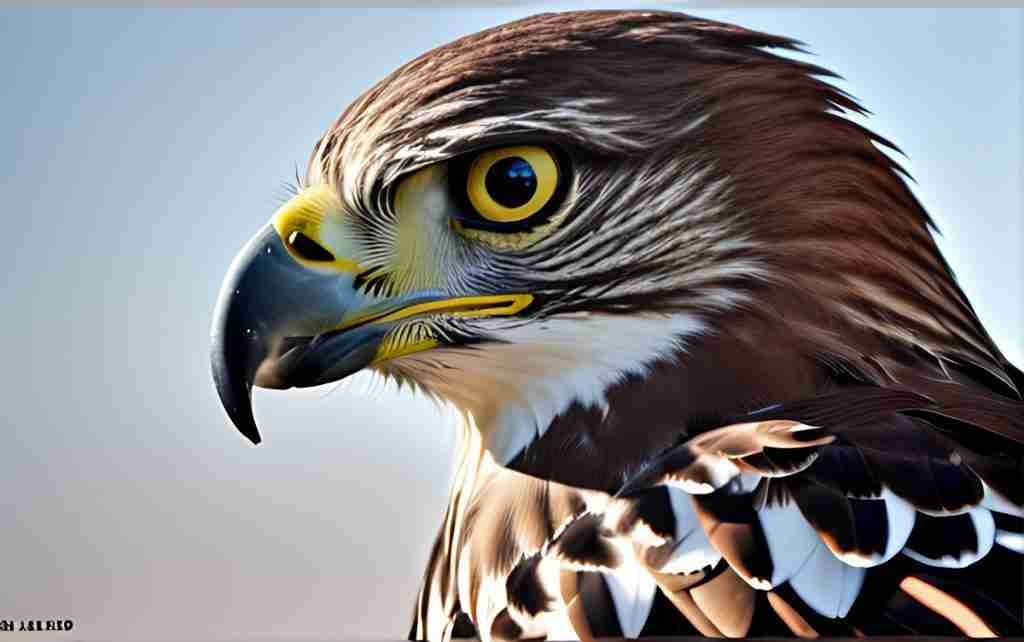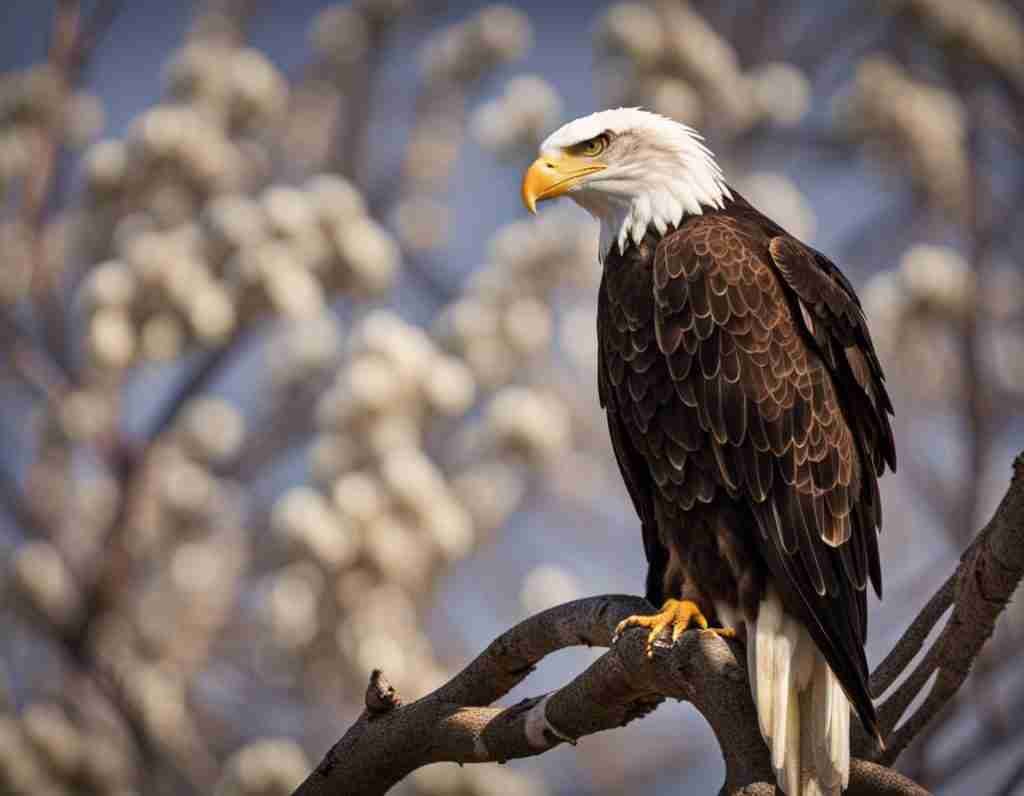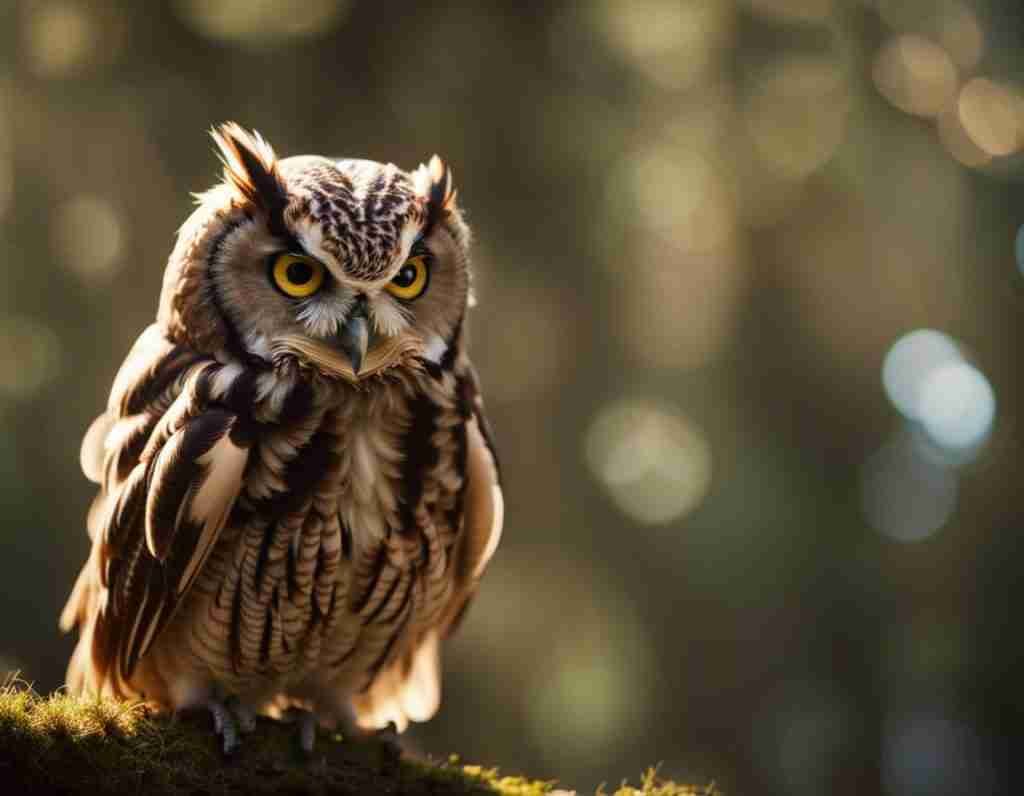If you’re someone who enjoys observing the magnificent beauty of hawks right from the comfort of your own yard, you’re in for a treat with these 10 simple tips. In this article, we’ll guide you through the art of attracting hawks to your yard, allowing you to witness their graceful flight patterns and incredible hunting skills up close.
[/et_pb_text][pac_divi_table_of_contents included_headings=”off|on|on|off|off|off” level_markers_1=”whole” _builder_version=”4.22.1″ _module_preset=”default” global_colors_info=”{}”][/pac_divi_table_of_contents][et_pb_text admin_label=”Text” _builder_version=”4.22.1″ background_size=”initial” background_position=”top_left” background_repeat=”repeat” global_colors_info=”{}”]From providing suitable perching spots to creating a hawk-friendly habitat, these tips will surely help you create a haven for these majestic birds of prey.
So, get ready to welcome these awe-inspiring creatures into your yard and embark on a captivating journey of hawk-watching right at home.
Provide Adequate Shelter
Building and Placing Platforms
To attract hawks to your yard, it is crucial to provide them with suitable shelter. One effective way to achieve this is by building and placing platforms in your yard. These platforms can serve as perching spots for hawks, allowing them to rest, observe their surroundings, and search for prey. Platforms should be sturdy and securely anchored to ensure the safety of the hawks while they are on them.
Utilizing Trees and Large Shrubs
In addition to platforms, utilizing existing trees and large shrubs in your yard can also provide adequate shelter for hawks. These natural structures offer hawks a safe place to rest, build nests, and seek refuge from unfavorable weather conditions. Ensure that these trees and shrubs are kept healthy and prune them regularly to maintain an ideal environment for the hawks.
Offer Food Sources
Focus on Small Birds and Rodents
Hawks are natural predators and are attracted to areas abundant in their preferred prey. To attract hawks to your yard, focus on providing a suitable food source, such as small birds and rodents. Encourage the presence of small birds by planting native shrubs and flowers that produce seeds and berries, which can attract smaller birds. Additionally, ensure that your yard’s vegetation provides suitable habitats for rodents, as they are a staple in a hawk’s diet.
Consider Supplementary Feeding
Supplementary feeding can help attract hawks to your yard by providing them with an additional food source. Consider installing bird feeders that offer food specifically designed for raptors, such as mice or day-old chicks. It is important to note that supplementary feeding should not replace the hawk’s hunting instincts but should only be used to supplement their natural diet.
[/et_pb_text][et_pb_image _builder_version=”4.22.1″ _module_preset=”default” global_colors_info=”{}”][/et_pb_image][et_pb_text _builder_version=”4.22.1″ _module_preset=”default” global_colors_info=”{}”]Ensure a Water Source
Install Birdbaths or Water Features
Like any living creature, hawks require access to water. Installing birdbaths or water features in your yard can attract hawks by providing them with a reliable water source. Choose birdbaths or water features that are shallow to accommodate the hawks’ needs. Ensure that the water is kept clean and replenished regularly to maintain its appeal to the hawks.
Maintain a Fresh Water Supply
Regularly maintaining a fresh water supply is crucial to attract hawks to your yard. Stagnant or dirty water can deter hawks and other wildlife from visiting your yard. Provide a constant source of fresh water by regularly changing the water in the birdbaths or water features. This will not only attract hawks but also other bird species, adding diversity to your yard’s wildlife population.
Create a Hawk-Friendly Landscape
Opt for Native Plants
Creating a hawk-friendly landscape involves carefully selecting plants that are native to your region. Native plants provide a natural habitat for the hawks’ prey and attract a diverse range of insects, birds, and small mammals. By incorporating native plants into your yard, you create a balanced ecosystem that supports the entire food chain, ultimately attracting hawks to your yard.
Use Bird-Friendly Landscaping Techniques
Implementing bird-friendly landscaping techniques can further enhance the attractiveness of your yard to hawks. These techniques include planting vegetation of varying heights, providing open areas for hunting, and incorporating dense foliage for shelter. By creating a landscape that mimics a hawk’s natural habitat, you increase the likelihood of attracting them to your yard.
[/et_pb_text][et_pb_image src=”https://afeathertogether.com/wp-content/uploads/2023/09/228aa357-25ce-4b6e-8633-57d4e4ad2764_out-1200×752.jpg” _builder_version=”4.22.1″ _module_preset=”default” global_colors_info=”{}”][/et_pb_image][et_pb_text _builder_version=”4.22.1″ _module_preset=”default” global_colors_info=”{}”]Avoid Pesticides and Chemicals
Limit or Eliminate Harmful Substances
To attract hawks to your yard, it is important to limit or eliminate the use of pesticides and other harmful chemicals. These substances can not only negatively impact the hawks directly but also affect their prey and the overall ecosystem. Instead, opt for natural pest control methods such as beneficial insects or organic remedies, ensuring a safer and healthier environment for the hawks and other wildlife.
Promote Natural Pest Control Methods
Promoting natural pest control methods is not only beneficial for the hawks but for your entire yard as well. By encouraging the presence of beneficial insects like ladybugs or using organic pest control solutions, you create a balanced ecosystem that supports the natural prey of hawks. This, in turn, attracts hawks to your yard as they recognize it as a suitable environment with ample food sources.
Provide Perching Spots
Set Up Tall Posts or Stumps
Hawks are known for their perching behavior, and providing dedicated perching spots can greatly attract them to your yard. Set up tall posts or stumps in open areas of your yard where hawks have a clear view of their surroundings. These perches mimic the natural perching spots hawks utilize in the wild, creating an inviting environment for them.
Consider Dead Tree Installations
Dead trees, also known as snags, are highly attractive to hawks as they offer suitable perching spots and potential nesting locations. If safe and allowed by local regulations, consider leaving or installing strategically placed dead trees in your yard. This natural feature not only attracts hawks but also benefits other species such as woodpeckers and owls.
Reduce External Disturbances
Limit Noise and Excessive Human Activity
Hawks are sensitive to external disturbances, especially noise and excessive human activity. To attract hawks, it is important to minimize these disturbances in your yard. Avoid loud noises or sudden movements that may startle or scare away the hawks. By creating a calm and quiet environment, hawks will feel more comfortable visiting and staying in your yard.
Minimize Pet Presence Around Feeding Areas
Pets, such as dogs and cats, can be potential threats to hawks and their prey. To attract hawks to your yard, minimize the presence of pets around feeding areas by establishing boundaries or separating spaces. This ensures a safer environment for the hawks and reduces the likelihood of them being disturbed or deterred from visiting your yard.
Install Bird Feeders and Nest Boxes
Use Appropriate Feeders and Seed Types
Installing bird feeders can be an effective way to attract hawks to your yard, as it provides an additional food source for them. Ensure that the feeders you choose are suitable for attracting raptors, such as platform feeders or feeders that offer larger prey-like mice or chicks. Research the appropriate seed types that hawks prefer and fill the feeders accordingly to maximize their appeal.
Place Nest Boxes at Ideal Heights and Locations
Nest boxes can provide hawks with suitable sites for nesting and raising their young. Research the specific nesting requirements of hawks in your area and install nest boxes at ideal heights and locations accordingly. It is important to note that attracting hawks through nest boxes may require prior knowledge and experience in supporting their nesting habits.
[/et_pb_text][et_pb_image src=”https://afeathertogether.com/wp-content/uploads/2023/09/1ba1171c-41ff-477d-9158-ec976adea498_out-1200×752.jpg” _builder_version=”4.22.1″ _module_preset=”default” global_colors_info=”{}”][/et_pb_image][et_pb_text _builder_version=”4.22.1″ _module_preset=”default” global_colors_info=”{}”]Manage Predator Control
Monitor and Deter Common Predators
To attract hawks to your yard, it is essential to manage predator control effectively. Monitor and deter common predators, such as raccoons or domestic cats, that may threaten the hawks or their nests. Implement non-lethal methods such as predator deterrents, protective netting, or secure fencing to ensure the safety of the hawks and their offspring.
Protect Nesting Areas
By protecting nesting areas, you create a safe and inviting environment for hawks to establish their nests. Avoid excessive human disturbance around nesting areas and ensure that the nests are not easily accessible to potential predators. By providing a secure nesting environment, hawks will feel more comfortable and increase the likelihood of returning to your yard in future breeding seasons.
Be Patient and Observant
Allow Time for Habitat Establishment
It is important to be patient when trying to attract hawks to your yard. Establishing a suitable habitat can take time, as it requires the growth and development of plant life, the establishment of food sources, and the creation of perching and nesting spots. Allow nature to take its course and give the yard time to evolve into an ideal haven for hawks.
Observe Hawk Behavior and Adapt Actions
While waiting for hawks to visit your yard, take the opportunity to observe their behavior and adapt your actions accordingly. Note the prey they prefer, their preferred hunting areas, or any specific patterns they follow. By gaining a better understanding of their behavior, you can adapt your yard management techniques to better suit their needs.
In conclusion, attracting hawks to your yard involves providing them with adequate shelter, offering suitable food sources, ensuring a water source, creating a hawk-friendly landscape, avoiding pesticides and chemicals, providing perching spots, reducing external disturbances, installing bird feeders and nest boxes, managing predator control, and being patient and observant. By implementing these tips, you create an inviting environment for hawks, enhancing the biodiversity of your yard and allowing you to enjoy the beauty and grace of these magnificent birds in your own backyard.
[/et_pb_text][/et_pb_column][/et_pb_row][/et_pb_section]


